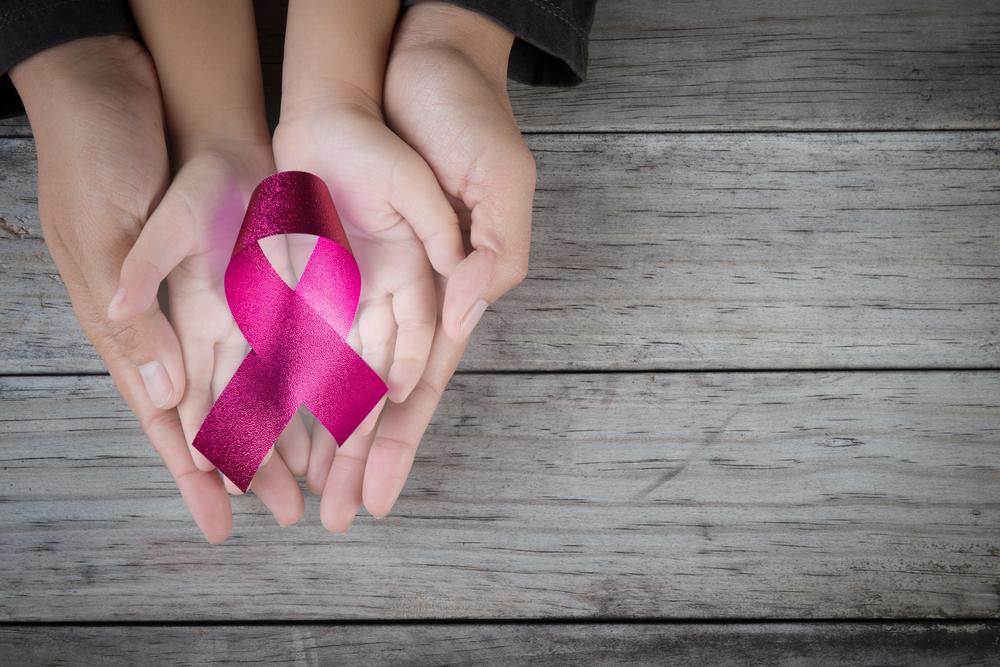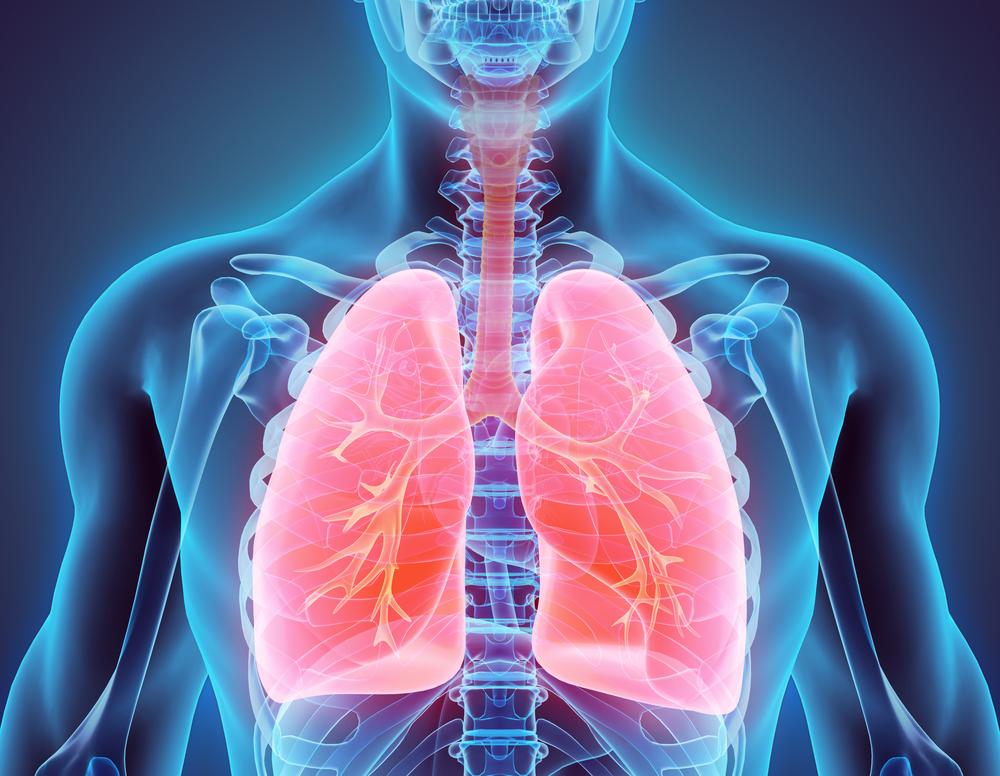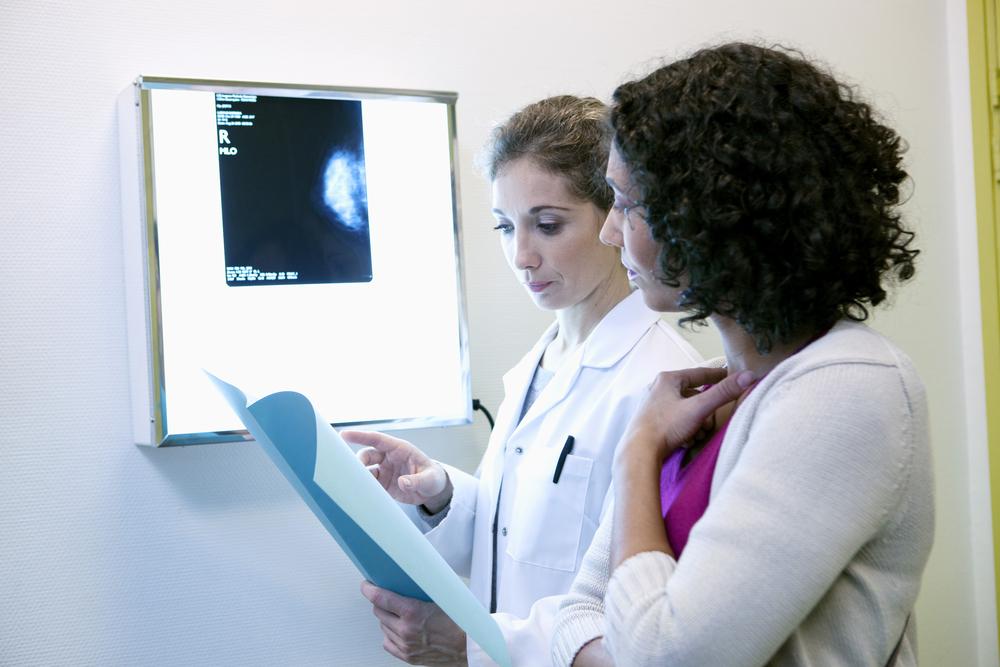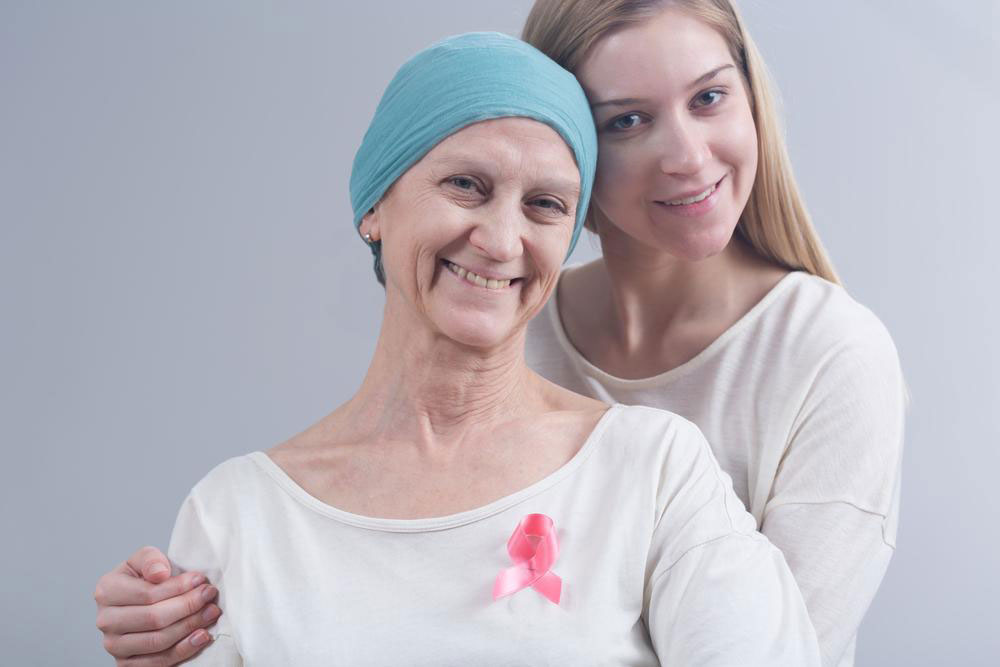Comprehensive Guide to Breast Cancer Chemotherapy: Understanding Treatment Options and Outcomes
This comprehensive guide offers in-depth information on breast cancer and its treatment options, with a focus on chemotherapy. It explains the different stages of breast cancer, symptoms to watch for, common drugs used, and the chemotherapy process. Whether you're a patient, caregiver, or healthcare provider, understanding these details can help in making informed decisions. The article emphasizes the importance of tailored treatment plans and highlights recent advances in chemotherapy protocols to improve outcomes and quality of life for patients at every stage of breast cancer.
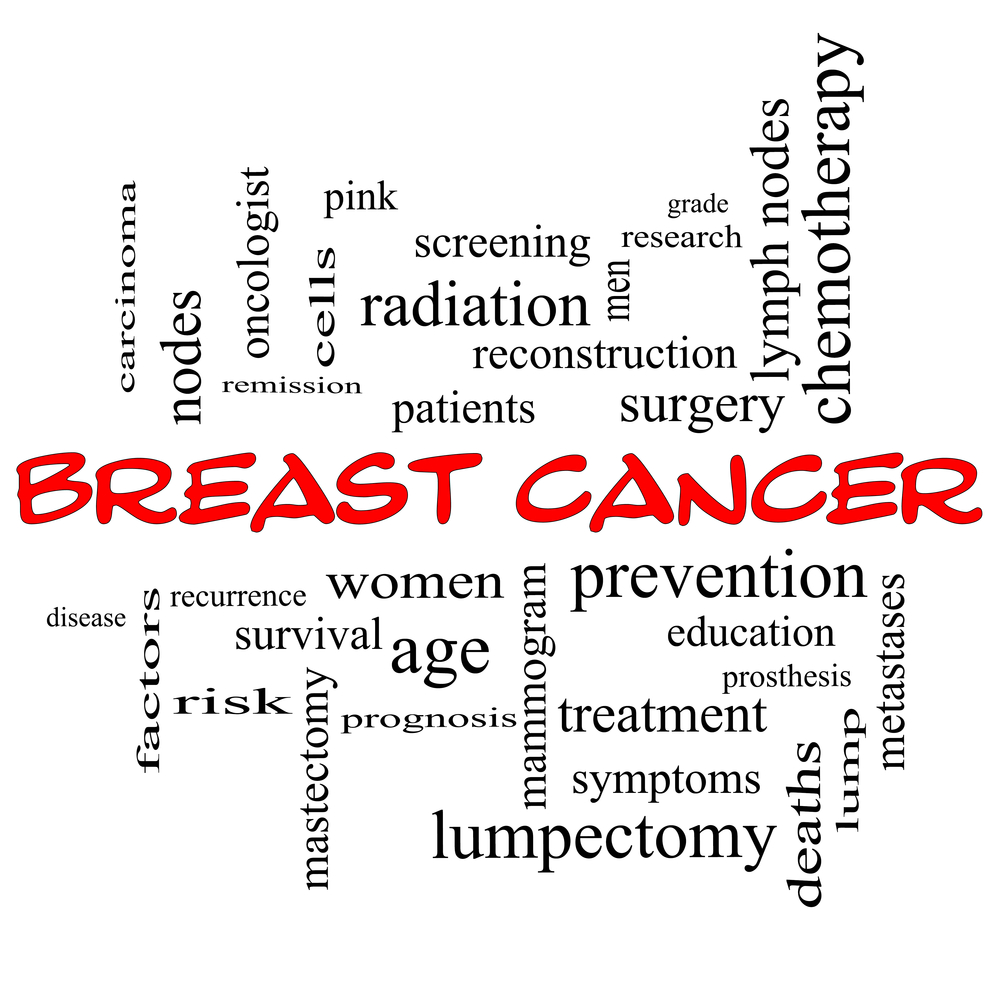
In-Depth Overview of Chemotherapy inthe Treatment of Breast Cancer
Your Essential Guide to Chemotherapy for Breast Cancer
Chemotherapy remains one of the most effective and widely used treatments for breast cancer. It involves administering potent drugs designed to target and eradicate cancer cells, thereby hindering their ability to grow and multiply. Tailored to the specific type and stage of cancer, chemotherapy protocols can vary significantly. This comprehensive guide provides detailed insights into breast cancer, its stages, symptoms, and how chemotherapy forms an integral part of the treatment strategy.
Understanding Breast Cancer: What You Need to Know
Breast cancer begins when abnormal cells in the breast tissue start to grow uncontrollably, forming malignant tumors that can invade nearby tissues and spread to other parts of the body.
It predominantly affects women but can also occur in men, though rare.
Early signs include lumps, changes in breast size or shape, skin dimpling, nipple inversion, or abnormal discharge from the nipples.
Several risk factors contribute to breast cancer development, including genetic predisposition, lifestyle choices, hormonal influences, obesity, and environmental factors.
Studies reveal that the risk increases with age, with most cases diagnosed in women over 50.
The choice of chemotherapy depends on the cancer’s stage, grade, molecular profile, and overall health of the patient.
Breast Cancer Stages: A Breakdown
Stage 0 (Carcinoma in situ): This is an early, localized cancer where abnormal cells are confined within the ducts or lobules of the breast. The prognosis is excellent, and treatment typically involves surgery, possibly supplemented by radiation. Chemotherapy is rarely necessary at this stage but may be used in specific cases.
Stage 1: Tumors are small, generally up to 2 centimeters, and may or may not have spread to nearby lymph nodes. Treatment includes options like lumpectomy or mastectomy, sometimes combined with hormone therapy. Chemotherapy may be added based on tumor characteristics.
Stage 2: Tumors measure between 2 to 5 centimeters with potential spread to nearby lymph nodes. The standard approach involves surgery, systemic chemotherapy, and radiation therapy to eliminate residual disease and reduce recurrence risk.
Stage 3: Larger tumors exceeding 5 centimeters that have spread to multiple lymph nodes or invaded surrounding tissues. Treatment is aggressive, combining surgery, chemotherapy, radiation, and targeted therapies to control disease progression.
Stage 4 (Metastatic Breast Cancer): The cancer has spread beyond the breast and nearby lymph nodes to vital organs such as the lungs, liver, bones, or brain. Treatment here focuses on prolonging life, alleviating symptoms, and improving quality of life through systemic therapies including chemotherapy, targeted drugs, and palliative care.
Identifying Breast Cancer Symptoms
Persistent lumps or thickening in the breast or underarm area
Unexplained swelling or tenderness
Nipple changes, including inversion or discharge
Skin changes such as redness or puckering
Persistent pain in the breast or nipple area
Unexplained weight loss or fatigue in advanced cases
Common Chemotherapy Drugs Used in Breast Cancer Treatment
Platinum-based agents (Cisplatin, Carboplatin): These drugs damage DNA in cancer cells, preventing replication.
Anthracyclines (Doxorubicin, Epirubicin): Known for their potent anti-tumor activity by intercalating DNA strands.
Taxanes (Paclitaxel, Docetaxel): These inhibit cell division by stabilizing microtubules.
Vinorelbine: A vinca alkaloid that obstructs mitosis.
Gemcitabine and Capecitabine: Antimetabolites that disrupt DNA synthesis.
Eribulin and Ixabepilone: Microtubule inhibitors used in advanced breast cancer cases.
The Chemotherapy Process for Breast Cancer Patients
Depending on the prescribed regimen, patients may be required to take oral medications at home over a specific period, ensuring adherence to treatment protocols under medical supervision.
Infusion-based chemotherapy involves intravenous administration, requiring patients to visit hospitals regularly. Some treatments necessitate hospital stays during initial cycles to monitor for adverse reactions.
While chemotherapy is effective, it can impact healthy cells, leading to side effects such as immune suppression, hair loss, nausea, fatigue, and increased infection risk. Fortunately, these side effects are usually temporary and subside after treatment ends.
Supportive care measures, including medications for nausea, growth factors, and nutritional support, play a crucial role in managing side effects and improving patient comfort.
